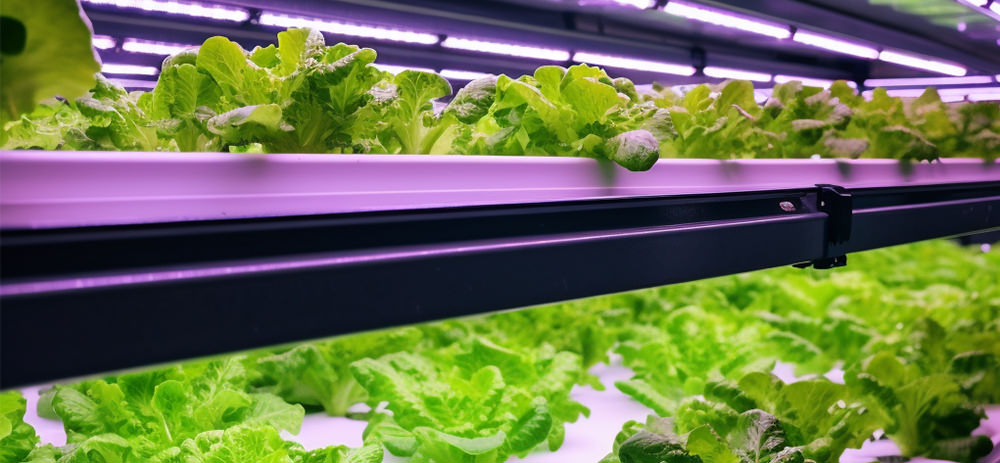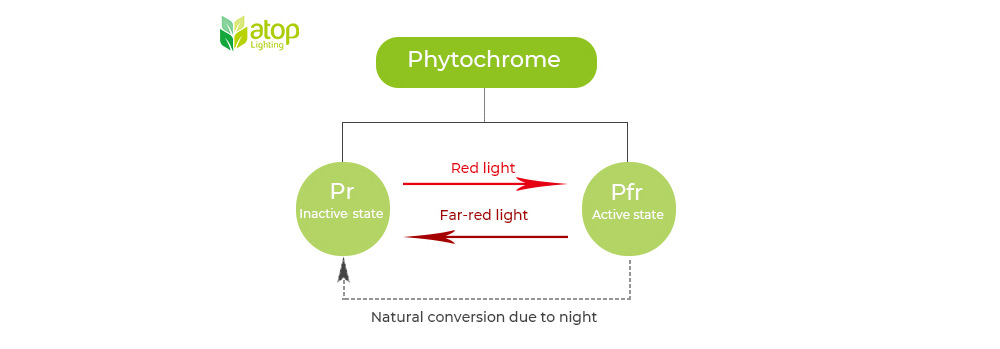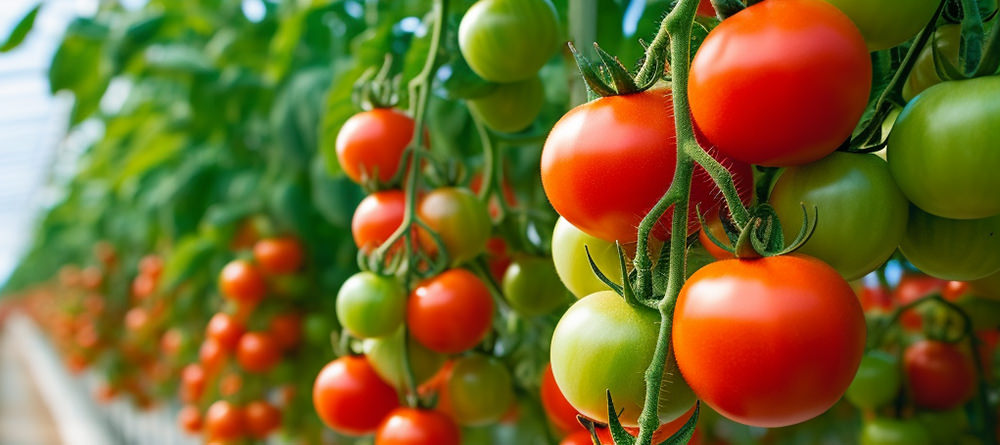How DLI and PSS Value Impacts Plant Growth and Development
For indoor growers, nothing is more important than ensuring their plants receive the optimal levels of light. Lighting not only provides the energy for photosynthesis but also influences various aspects of plant growth and development. Getting lighting wrong can lead to slow growth, reduced yields, and unhealthy plants. That is why paying attention to metrics like the Daily Light Integral (DLI) and Photochrome photostationary state (PSS) values is so critical. These metrics can help you quantify the amount and quality of light that your plants receive and use. They can also help you evaluate the performance and efficiency of your horticulture lighting system.
In this blog, we will explain what DLI and PSS values are and how they affect plant growth and development. By the end of this blog, you will have a better understanding of how to use them to improve your horticulture practice.

Understanding Daily Light Integral (DLI)
DLI is a measure of the total amount of photosynthetically active radiation (PAR) that plants receive in a day. It is expressed in units of moles of photons per square meter per day (mol/m2/d). DLI is important for horticulture because it affects plant growth, development, and quality. Too low of a DLI leads to stunted, weakened plants. With excessive DLI, some species will become stressed and plants may experience photo-inhibition where photosynthesis.
The optimal DLI for different crops depends on their light requirements, their growth stages, and their environmental factors. High-light plants, such as tomatoes or peppers, generally thrive with higher DLI values, while low-light plants, such as leafy greens or herbs, perform well with lower DLI values.
By monitoring the DLI in your grow and making lighting adjustments to hit crop-specific targets, you can maximize plant health. For multi-level facilities, aim for uniform DLI distribution rather than varying light intensities between levels.
Exploring Phytochrome Photostationary State (PSS)
Photochrome photostationary state (PSS) is a measure of the ratio of active phytochrome (Pfr) to total phytochrome (Pfr+Pr) in plants.
Phytochromes, a group of photoreceptor proteins found in plants, play a central role in mediating various light responses, and PSS provides insights into their dynamic equilibrium. Phytochromes exist in two interconvertible forms: Pr(red light absorbing) and Pfr (far-red light absorbing). The equilibrium between these two forms, known as the PSS, depends on the ratio of red (R) and far-red (RF) light in the plant’s environment. The PSS value represents the relative abundance of Pr and Pfr and affects key physiological processes.

The balance between Pr and Pfr influences numerous plant responses, including seed germination, stem elongation, flowering, and shade avoidance. When exposed to red light, phytochromes convert from Pr to Pfr, triggering the specific response. Conversely, far-red light promotes the conversion of Pfr back to Pr, leading to different physiological outcomes.
How DLI and PSS value affect plant growth and development
Plant growth and development are the processes by which plants increase their size, biomass, and complexity. The dynamic interplay between DLI and PSS value significantly influences plant growth and development. These two factors play pivotal roles in regulating various physiological processes that shape the overall growth, development, and productivity of plants.
DLI affects the photosynthesis rate, carbon assimilation, and energy balance of plants. Adequate DLI values ensure that plants receive sufficient energy for photosynthesis, the process by which they convert light energy into chemical energy. This energy is then utilized for biomass production, cellular metabolism, and overall plant growth. Insufficient DLI can lead to reduced photosynthetic rates, limited energy availability, and stunted growth.
Moreover, DLI affects plant development and architecture. Higher DLI values generally promote more compact growth with shorter internodes, denser foliage, and increased branching. This is particularly desirable in horticulture for achieving well-shaped plants with desirable commercial characteristics. Conversely, lower DLI values can result in elongated stems, increased internodal spacing, and more elongated plant forms.

PSS value regulates various aspects of plant development, such as seed germination, stem elongation, leaf expansion, and flowering.
Manipulating the PSS value allows growers to fine-tune plant growth and development. Lower PSS values, indicating a higher proportion of FR light, can trigger shade-avoidance responses, such as elongation of stems and reduced branching. Higher PSS values, indicating a higher proportion of red light, promote compact growth and branching.
Indoor growers now have unprecedented control over plant growth and development through precision manipulation of the light spectrum and intensity. By optimizing the Daily Light Integral (DLI) and modulating the PSS, you can power and direct key plant processes to match each crop's needs.
LED technology enables tuning DLI and PSS to your exact specifications. By adjusting intensity, photoperiod, and targeted spectral ratios, you can create customized lighting recipes to achieve optimal growth and development for each crop growth stage.
Contact us today if you need assistance creating customized LED solutions for your crops. Our horticulture lighting experts can help you achieve your cultivation goals.

